Vicky Bennison has spent years tracking down Italy’s best chefs, many of whom are over 70 years old. Travelling across the boot-shaped peninsula, she’s interviewed almost 300 women about the secrets behind their cooking.
The founder of the much-loved Pasta Grannies YouTube channel, where she films grandmothers carefully making the popular food by hand, has now launched her own book. In it, Bennison reveals what she’s learned from those who’ve spent their lives perfecting their Italian recipes. ‘Pasta Grannies: The Official Cookbook: The Secrets of Italy’s Best Home Cooks’ champions the women who put their hearts, souls and decades of culinary wisdom into cooking.
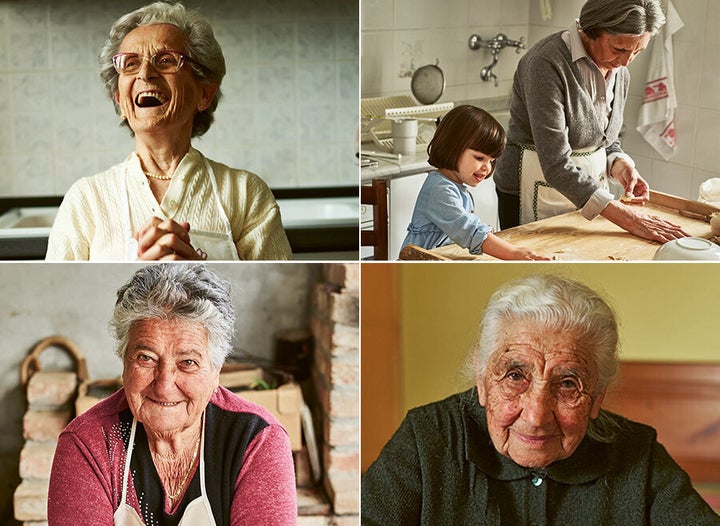
“Our nonne (that’s grandmothers in Italian) have eaten pasta all their lives, but in moderation,” says Bennison. “Helpings are always much smaller than what is usual outside of Italy. What is striking is these women eat what they want – diets and food prohibitions are alien concepts.”
And these women – despite some being in their 90s – rarely sit down, she says. “They are always busy making pasta, gardening, helping with the church, that kind of thing. They have family and friends popping by on a daily basis.”
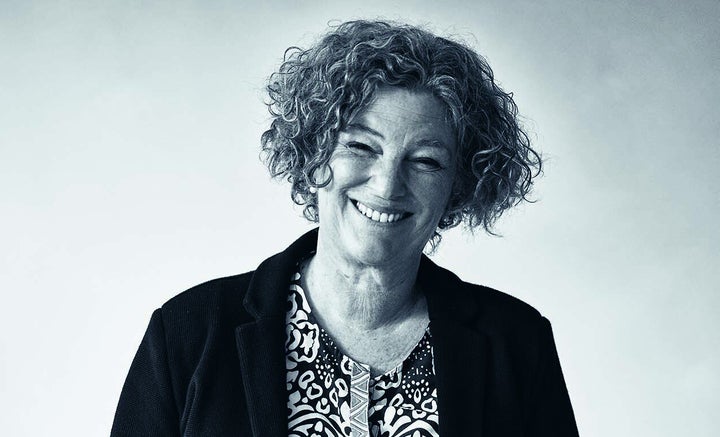
There are recipes online showing you how to make pasta, of course, but here, Bennison shares some of the crucial things she’s learned in her quest for pasta perfection.
Organic eggs make all the difference.
“Buy free-range, organic eggs for egg dough. If you’re going to go to the trouble of producing your own pasta, make sure you use top quality ingredients – and happy hens equal better-tasting eggs.
“You will often see on the videos the yolks are bright orange. This is thanks to the green vegetables and grubs the chickens feed on if they have been allowed outside.”
Where you are cooking matters.
“Your flour will need differing amounts of egg or water depending on the humidity and temperature of your kitchen. In summer, in Italy, the temperatures get too hot during the day so women get up at 5am to make their pasta.
“You don’t have to do this, of course, but it does mean you may have to adjust the hydration of your dough – not by huge amounts, but don’t panic if you find yourself adding more egg or water.”
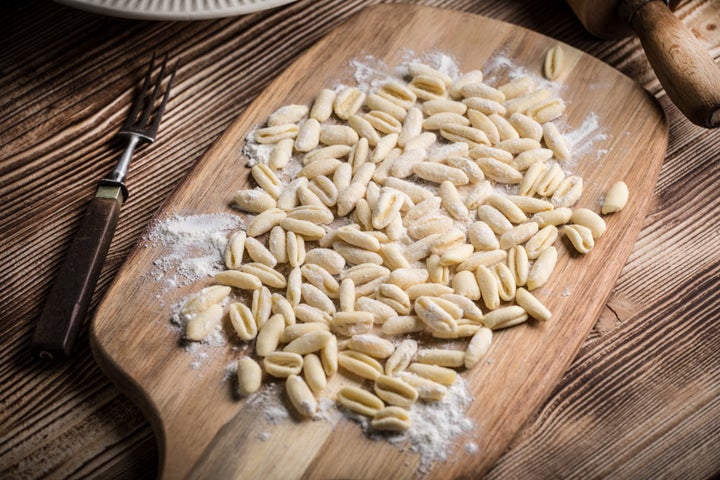
Dough needs to rest.
“Once dough has been prepared, it needs to rest and be covered. Resting relaxes the gluten molecules, so the dough is easier to roll out. If you don’t rest it, the dough springs back and it’s a lot harder work.
“You can even put it in the fridge overnight, but make sure to bring it back to room temperature before working it. The colour might change (the dough darkens a bit) but it will taste the same.
“And use a wood board and rolling pin for optimal texture. Pasta machines give you a smoother finish and your dressing will not ‘cling’ to the pasta, as well.”
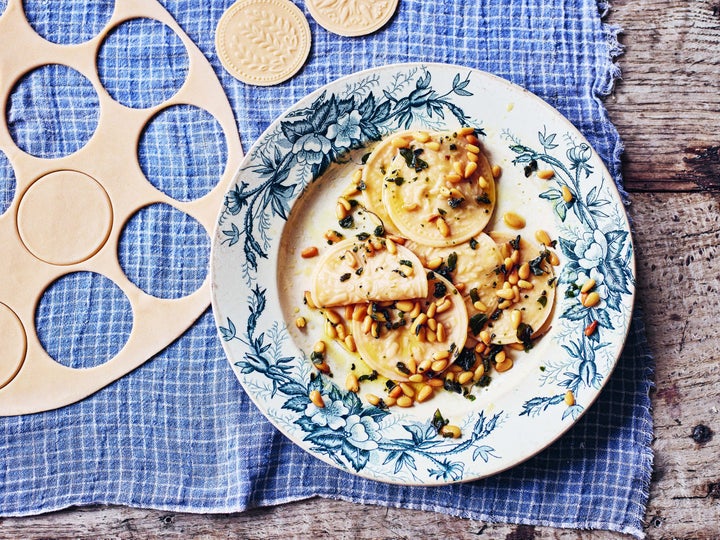
The flour you use matters.
“There are two main types of pasta dough: in northern Italy, cooks use 00 soft wheat flour with eggs. The 00 refers to how fine the flour is; it feels a bit like talcum powder. Nowadays, people like to add durum wheat or semolina flour –semola rimacinata in Italian – to give the dough extra body. (But you should only start playing around like this when you’re experienced!)
“The other type of dough, from southern Italy, uses just the semolina flour and water; this is used to make different pasta shapes because the dough has more body and is less stretchy. If you think cavatelli, for example, is your favourite shape, track down semolina flour and go for it.
“The Pasta Grannies are not interested in making pasta from all over Italy, and only master two or three types of pasta from their area. This means choosing the same flour every time. But it’s remarkable how flour differs across brands even when it is called the same thing.”
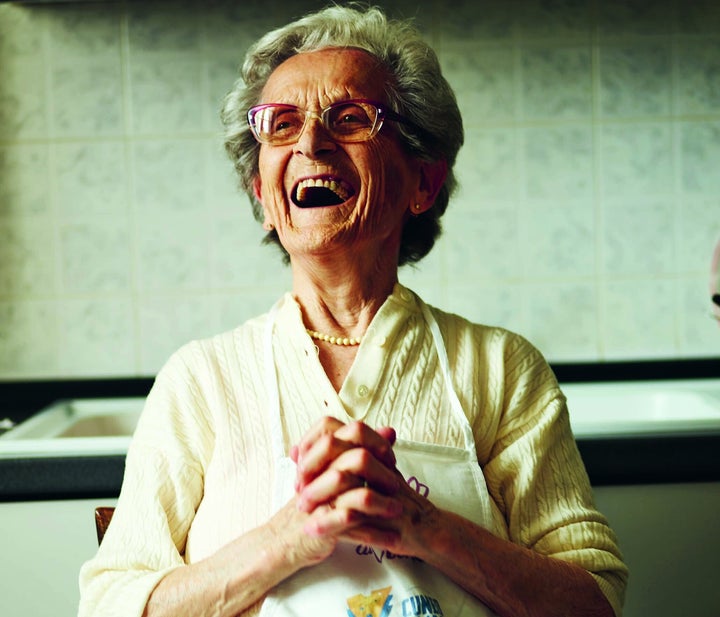
Practice makes perfect.
“Pasta is much easier to make than bread or pastry, so don’t be afraid of the dough. Most of our Grannies first started when they were eight or nine years old. This doesn’t mean it’s too late for you, it means if a nine-year-old can manage it, so can you in your adulthood!
“And enjoy the process – it’s meditative and calming, as well as a good upper arm workout.”